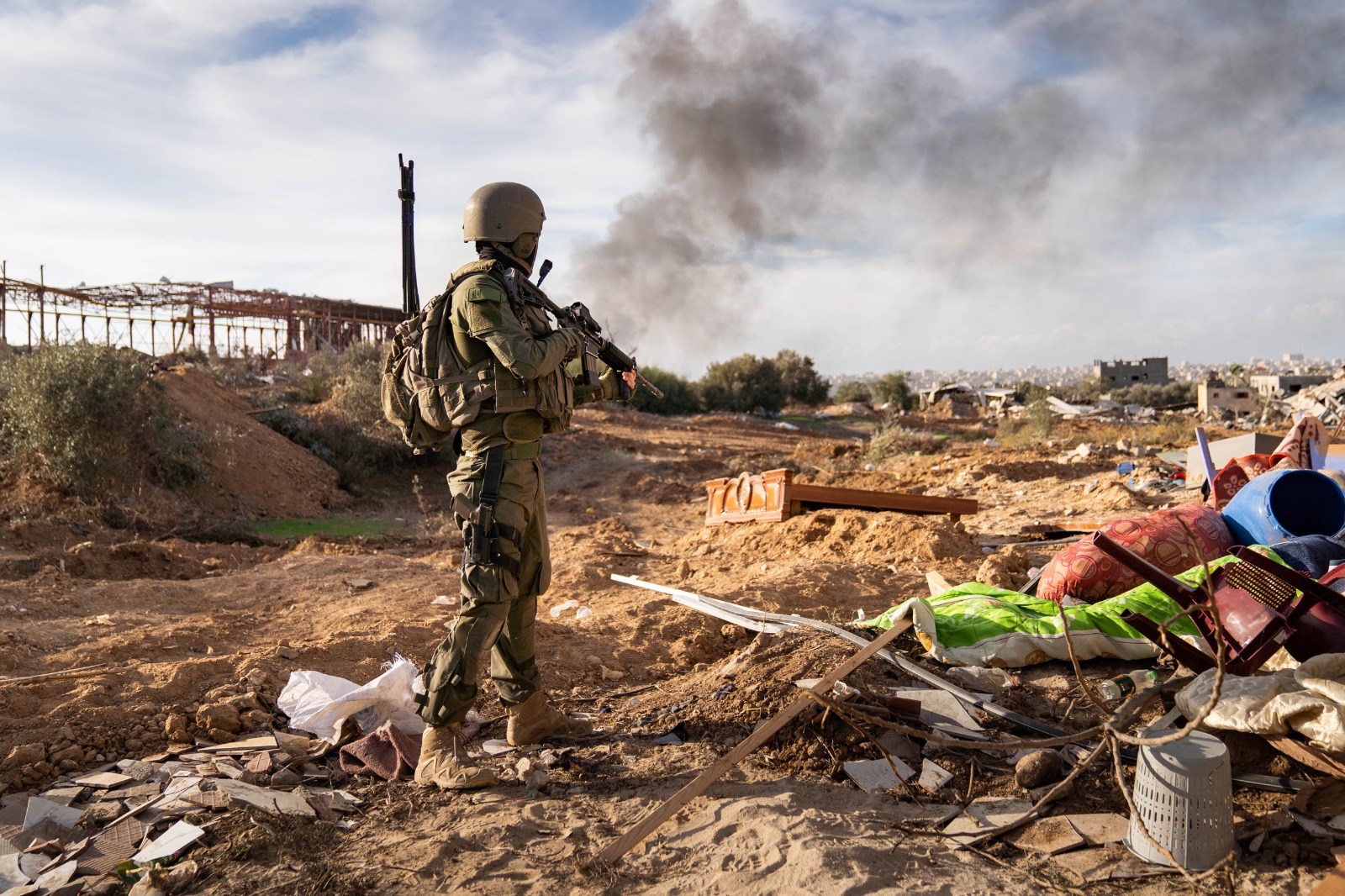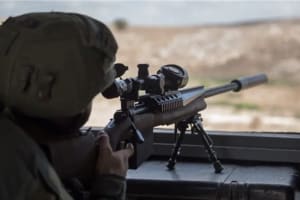IDF believes it could take months to dismantle Hamas terror capabilities in southern Gaza

Israeli military sources have indicated that dismantling Hamas’ military and political capabilities in the southern Gaza Strip could take several months to complete.
In operational terms, the effort to neutralize Hamas could extend into “Stage 3,” referring to the period of time after the “main war” in the Gaza Strip is over and becomes a lower-intensity fight against an insurgency. Such an operation may require an additional 3 to 9 months to complete, the unnamed Israeli military sources said.
On Oct. 27, Israel Defense Forces launched its ground operation in the Gaza Strip, some three weeks after thousands of Hamas terrorists and their accomplices invaded Israel, massacred 1,200 Israelis and kidnapped some 240 Israelis and foreign nationals. The Israeli military ground operation initially mainly focused on fighting Hamas’ terror forces and infrastructure in the northern half of the Gaza Strip.
However, because the majority of Hamas forces in northern Gaza have either been killed, capitulated or fled south, the Israeli army has increasingly shifted its operational focus to southern Gaza, especially the town of Khan Younis where many of the top Hamas leaders, including Hamas Gaza chief Yahya Sinwar, are believed to be hiding in the complex subterranean network of tunnels.
During a November interview with Euro News, former Israeli Prime Minister Ehud Olmert said the town of Khan Younis was the Hamas terror group's de facto headquarters.
"Khan Younis, which is in the southern part of Gaza Strip, is the real headquarters of Hamas,” Olmert stated.
"They have the leadership, they are hiding, they have the bunkers, they have the command positions, they have the launching pads," the former Israeli leader added.

In early December, Israeli elite forces surrounded Sinwar’s deserted home in Khan Younis. The Israeli military has increased its control in the southern and eastern parts of Khan Younis in the past weeks, as well as the adjacent Gazan town of Bani Suheila. However, the fight for Khan Younis is far from over, and heavy battles between IDF soldiers and Hamas terrorists continue in different parts of the city.
Another key city in the southern part of the Gaza Strip is Rafah, a known Hamas stronghold situated strategically on the border with Egypt.
The Egyptian government has urged Israel to avoid bringing the fighting so close to its border, however, given the significant presence of Hamas terrorists in the area, some believe it may only be a matter of time before Israeli ground forces reach the southern city.
Earlier in December, the Israeli Air Force struck Hamas terror infrastructure in Rafah, which is also known as a significant transport site for Hamas weapons smuggling from Egypt into the Gaza Strip. Israeli airstrikes have reportedly been focused on neutralizing Hamas’ guard posts, military sites, weapons warehouses and command and control centers.
“Damage to these terrorist infrastructures harms the terror organization’s ability to smuggle more weapons into the Strip,” the Israel Defense Forces stated.
Israeli military plans in the Gaza Strip are also affected by international diplomatic pressure.
The U.S. Biden administration has reportedly indicated it would like Israel’s main military operation to conclude by the beginning of January 2024. In addition, there are domestic constraints for Israel to continue with its current military strategy, as more than 300,000 Israeli reserves are currently called up and unable to return to their families, work and daily lives.
Bringing reservists back to work is a strategically important goal for the strained Israeli economy. Shifting to a lower-intensity war phase will likely result in fewer casualties among both Israeli soldiers and Gazan civilians.

The All Israel News Staff is a team of journalists in Israel.













